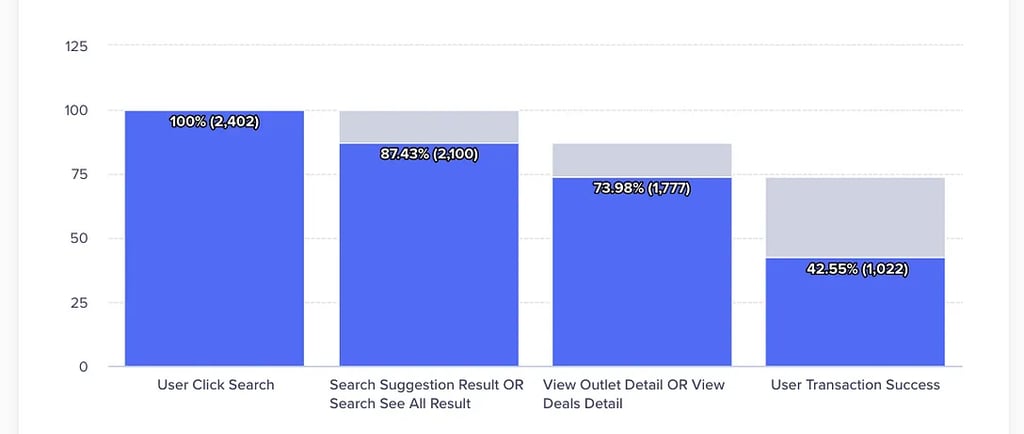Why Data-Driven Design Wins Every Time
Design decisions should be backed by data. We share our methodology for testing, measuring, and iterating on design solutions to ensure maximum engagement and ROI for our clients.
Onigiri Design Studio
2 min read


Design has always been a delicate balance between creativity and function. In the past, designers relied heavily on intuition and artistic flair to craft visuals and user experiences. While these elements remain essential, the modern digital landscape demands something more: data. The numbers behind user interactions and behaviors have become the compass guiding design decisions.
Imagine crafting a website without knowing how users truly engage with it. You could spend countless hours perfecting every pixel, only to find out that visitors ignore key elements or leave the page in frustration. Data eliminates that blind spot. It provides invaluable insights—where users click, how far they scroll, and where they drop off. This information transforms design from a guessing game into a science.
"If you think good design is expensive, you should look at the cost of bad design."
- Dr. Ralf Speth
His words ring true in the digital era, where poor design choices can drive users away and hurt a brand's credibility. Data empowers designers to avoid costly mistakes by pinpointing what works and what doesn't. If analytics show that a call-to-action button goes unnoticed, it’s a signal to experiment with its size, color, or placement.
One of the most powerful tools in a data-driven designer's arsenal is A/B testing. By presenting different versions of a design to users and analyzing their responses, designers can determine which layout or feature performs better.
The beauty of a data-driven approach is that it fosters continuous improvement. The digital world never stands still—user preferences and technological trends evolve constantly. Designers who embrace data stay agile, refining their work based on real-time feedback. Yet, amidst the numbers and analytics, creativity must never be forgotten. Data should guide, not constrain.
In a world where user expectations are constantly evolving, data-driven design is the winning strategy. It helps designers craft experiences that resonate, adapt to user needs, and achieve business goals. By combining the power of data with the magic of creativity, designers can create work that truly stands the test of time.
Ultimately, data-driven design isn't just a method—it's a mindset. It invites curiosity, fosters innovation, and champions the needs of users. With every insight uncovered and every creative solution implemented, we move closer to a world where design doesn't just communicate but truly connects.
